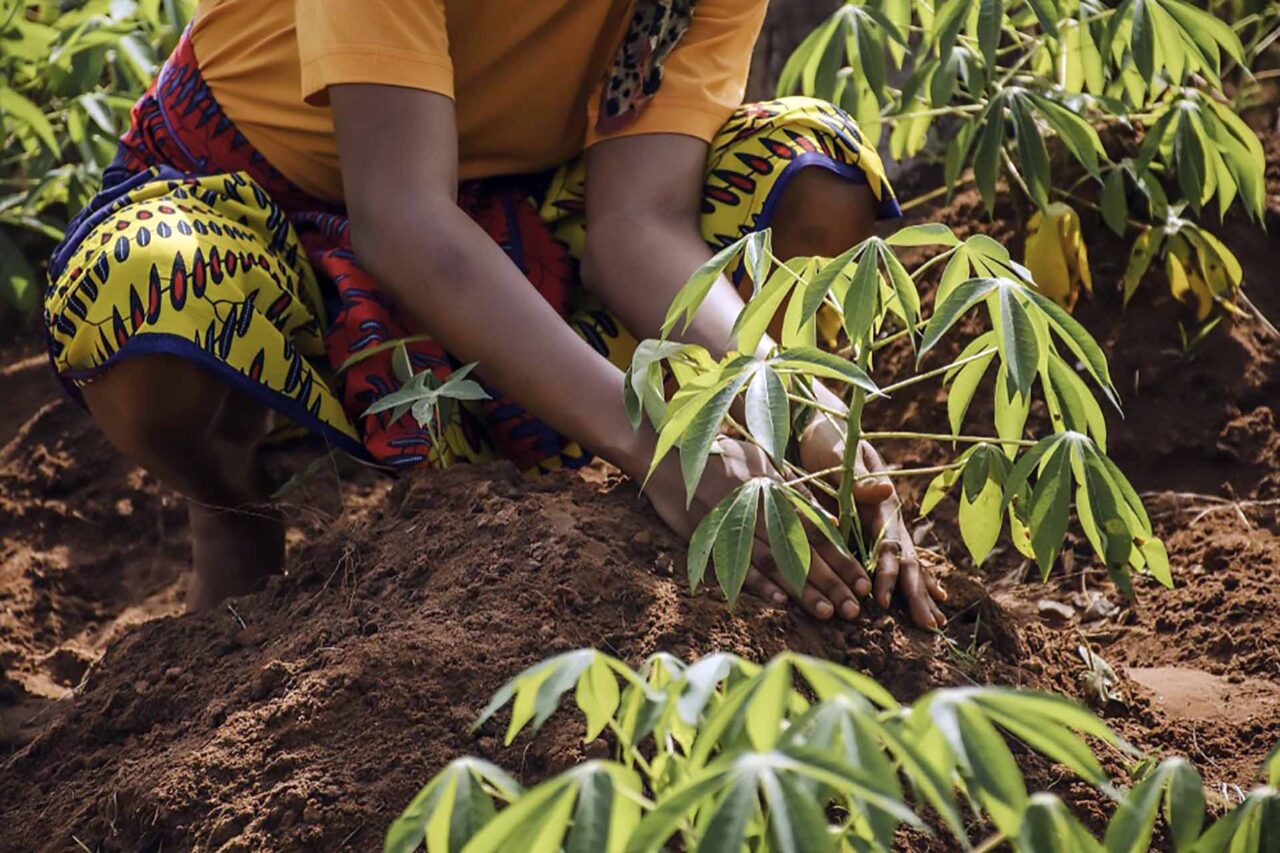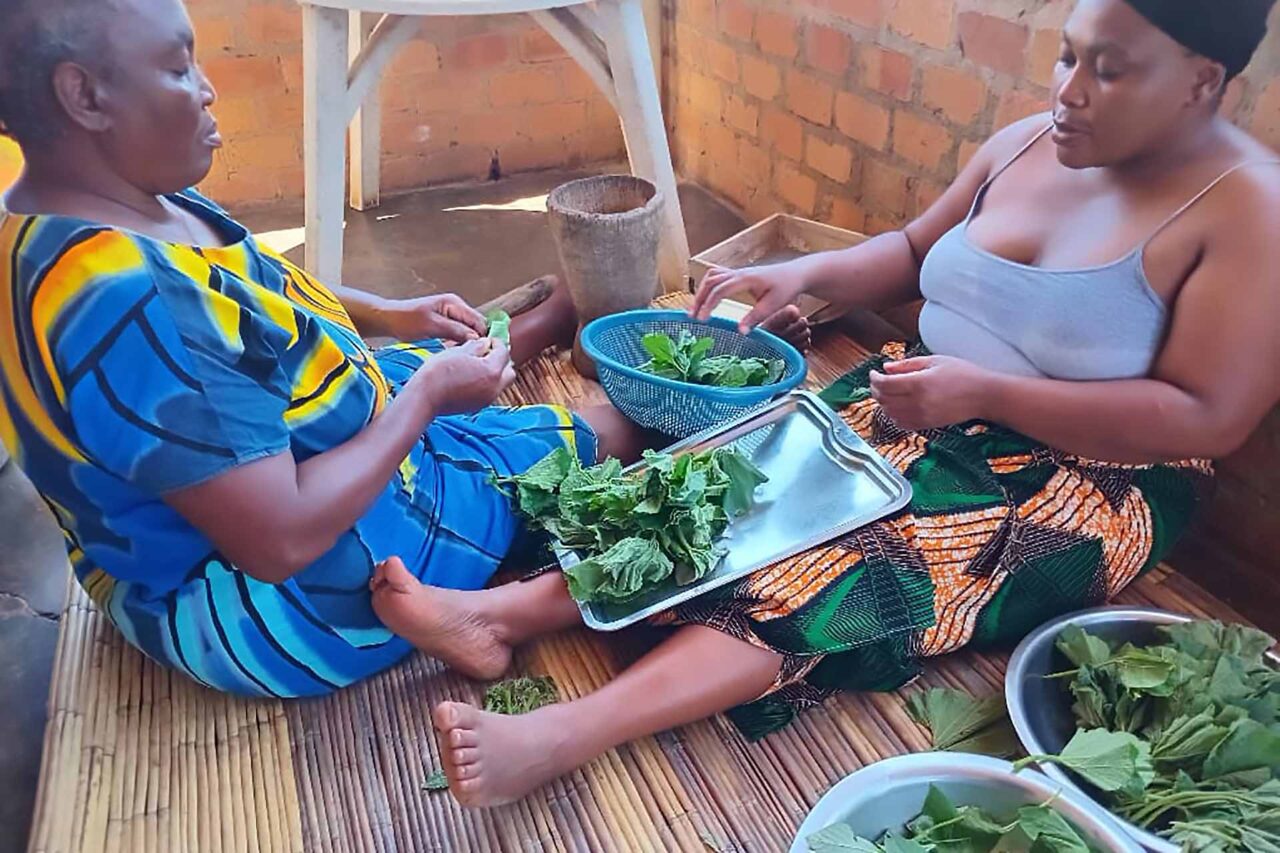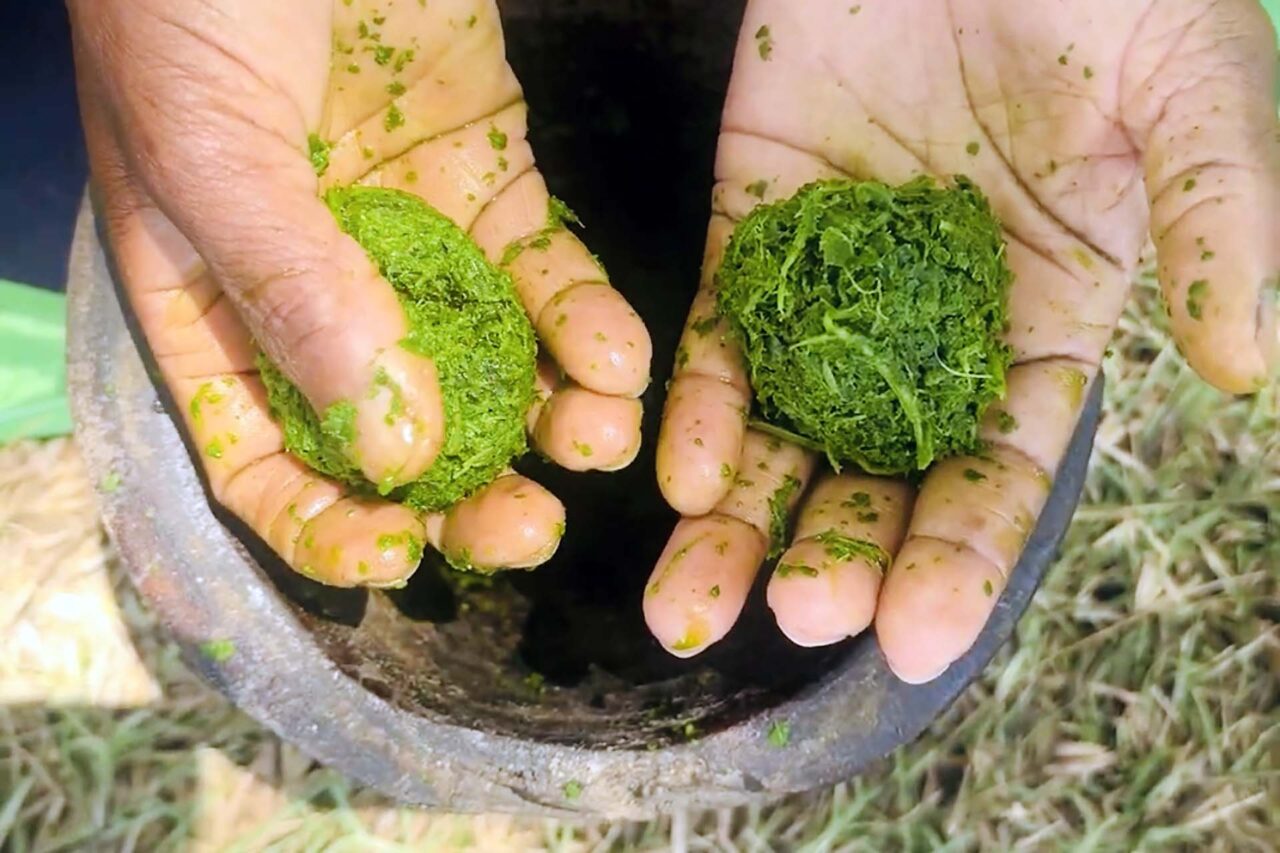The NAFI project, located in Zambia's Copperbelt Province, is part of the African Women's Collaborative for Healthy Food Systems. Its mission is to raise awareness and promote the consumption of nutritious African foods while documenting the nutritional and cultural significance of locally grown foods cultivated through agroecological practices.
The project involves six farmers from the districts of Chingola, Lufwanyama, Luanshya, and Ndola. The Rural Women’s Assembly (RWA) plays a key role in advocating for indigenous seeds, food sovereignty and sustainable farming practices among rural women.
Zambia
Cowpea Processing
From Field to Home with Zambian Women Farmers under the NAFI Project
The NAFI Project
Empowering Zambian Women in Food Sovereignty & Agroecology
Cowpea Processing:
From Field to Home with Zambian Women Farmers under the NAFI Project
This theme highlights the journey of cowpea processing, showcasing its various stages from harvesting in the field to preparation for home use. Noreen, a woman farmer participating in the NAFI project, demonstrates her techniques for processing and preserving cowpeas.
Through her expertise, the theme emphasizes the critical role of Zambian women in sustaining food sovereignty, preserving traditional knowledge, and ensuring the availability of nutritious food year-round. Noreen’s hands-on approach offers a practical insight into how cowpeas are transformed and stored, reflecting the ingenuity and resilience of local farming communities.
Planting: Sowing Tradition & Knowledge
Cowpeas are planted using traditional methods passed down through generations. Women take the lead, selecting the best seeds and ensuring the land is respected, aligning with the natural rhythms of the environment.

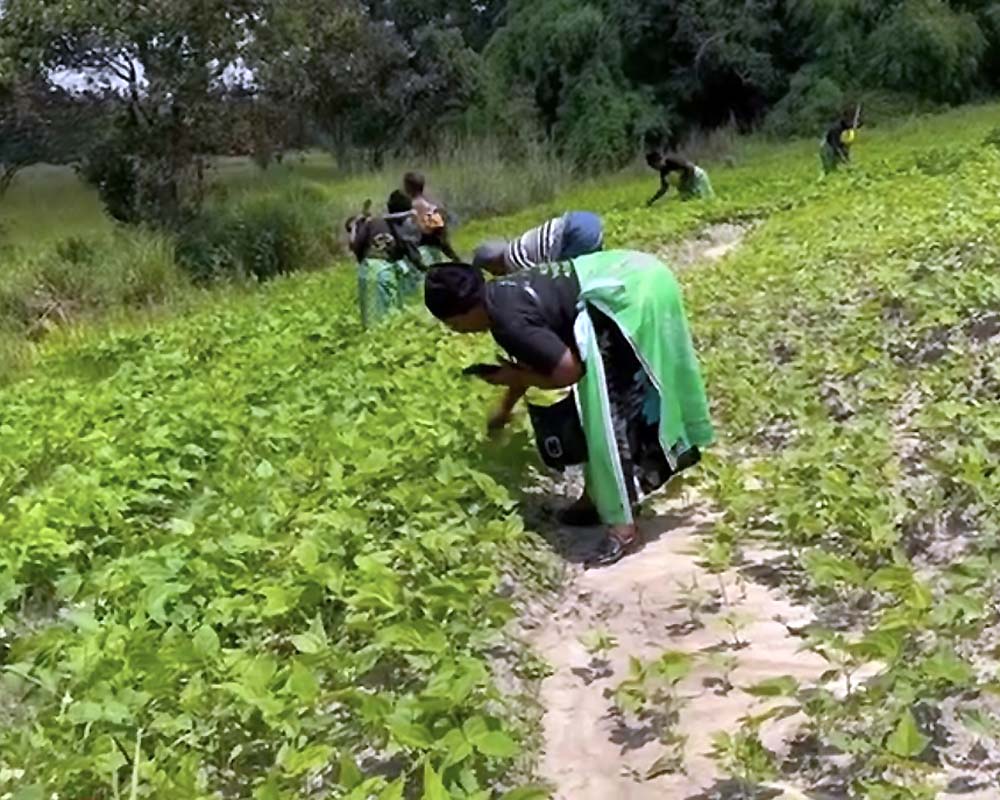
Harvesting: A Family Affair
The harvest is a communal effort; with women and their families working together to carefully pick the cowpea pods. The crop is harvested with care to avoid damage, ensuring a bountiful and sustainable yield.
Threshing: Traditional Techniques at Work
Threshing, the process of separating beans from their pods, is done using simple hand tools. In some communities, this is a shared activity, fostering unity and the transfer of knowledge among women and children as demonstrated above.


Cleaning: A Delicate Touch
After threshing, the beans are cleaned through winnowing, a technique where women use their hands or simple tools to remove dirt and damaged beans, leaving only the cleanest and highest quality beans.
The Art of Winnowing Basket to Toss the Cowpeas
Still, using a winnowing basket to toss the cowpeas. This allows the lighter shells to blow away, leaving the heavier beans behind.


Sorting: An Artistic Touch
Sorting and packaging is an artistic process where women meticulously hand-pick the best beans for market or storage. This step emphasizes the cultural pride in ensuring that each bean meets the highest standards.
The Final Product - Cowpeas
After sorting and winnowing, the cowpeas are ready as a final product.
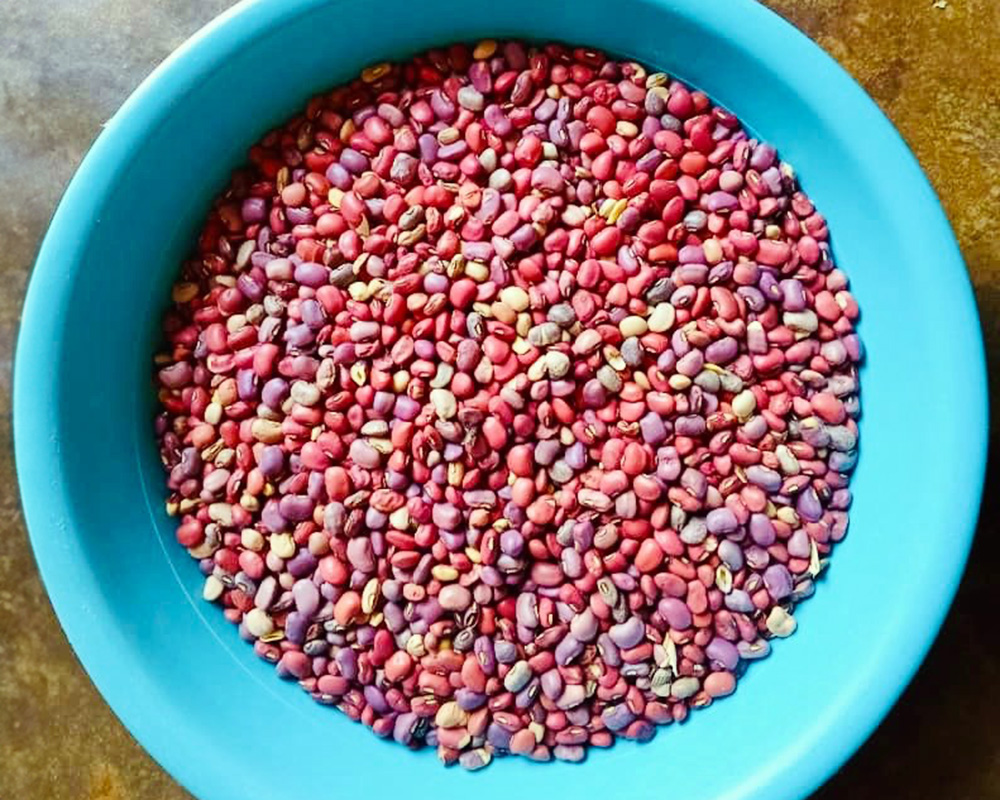

Cooking & Consumption: Bringing It All Together
Once processed, cowpeas are prepared in a variety of dishes, with women using their culinary skills to nourish their families. Cowpeas are a vital part of daily meals and community celebrations, symbolizing both sustenance and cultural heritage.
Feeding Cowpea Shells to Livestock – a Better Way to End the Day
Feeding cowpea shells to livestock is a sustainable practice that supports both animal nutrition and environmental conservation. The shells, a by-product of cowpea processing, are rich in fiber and provide a cost-effective feed option for livestock, particularly in rural communities.

Transforming Sweet Potatoes:
from Field to Table
This theme captures the journey of sweet potatoes from harvest to the dining table, highlighting their versatility, preservation techniques, and the richness of local culinary traditions. Janet, a farmer with NAFI, shares her process of harvesting sweet potatoes, transforming them into meals, and preserving them for future use.
The accompanying picture exhibition will showcase each stage of this journey, illustrating the dedication and creativity involved in every step.
The accompanying picture exhibition will showcase each stage of this journey, illustrating the dedication and creativity involved in every step.
Harvesting from the Sweet potato Field
The first step in transforming sweet potatoes is the harvest, which marks the beginning of their journey from the soil to the table. This process is carried out with precision to ensure the quality of the tubers is preserved.


Digging Under the Roots to Expose the Sweet Potato Tubers
Mama Janet's farm helper is carefully digging under the roots to expose the sweet potato tubers.
Cleaned Sweet Potatoes
Peeling Sweet Potatoes – the Process of Preparing Snack/Dish
Mama Janet is peeling sweet potatoes. She will slice them into wedges to prepare two meals: potato chips and sweet potatoes with groundnut sauce
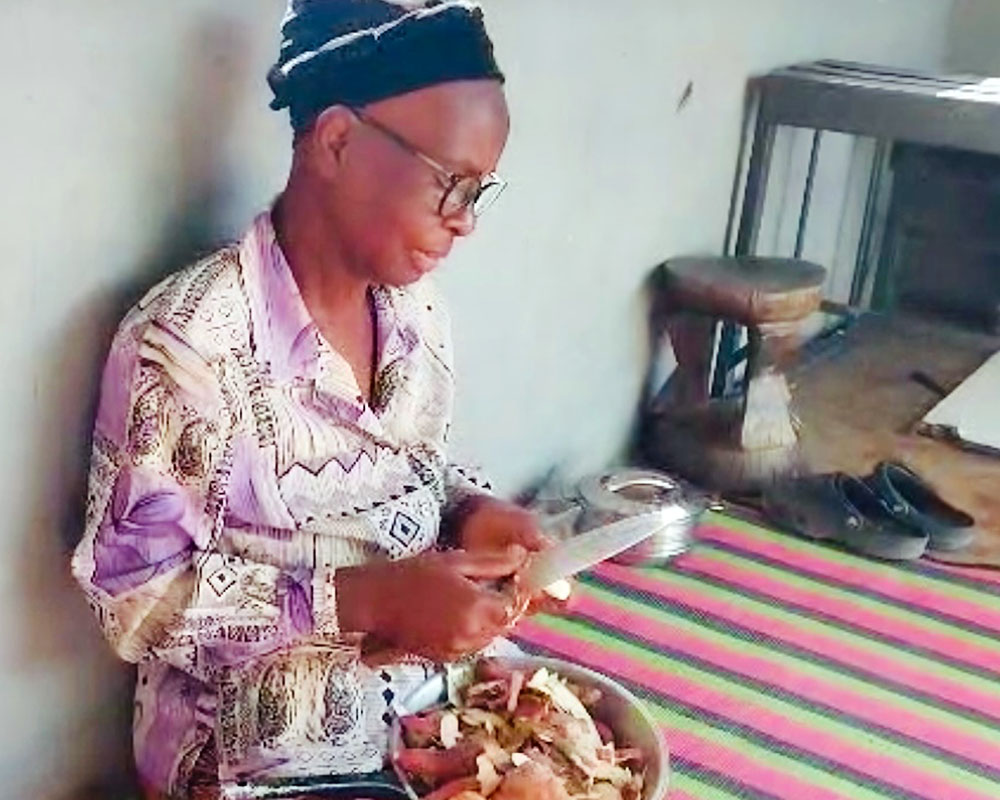

Sweet Potato Slices are Placed in the Hot Oil
Sweet potato slices are placed in the hot oil as shown and fried until they turn golden brown and crispy.
Lets Enjoy Sweet Potatoes Snack
The sweet potato slices are removed from the pan and placed on a plate to serve. This can be enjoyed as a snack or side dish.

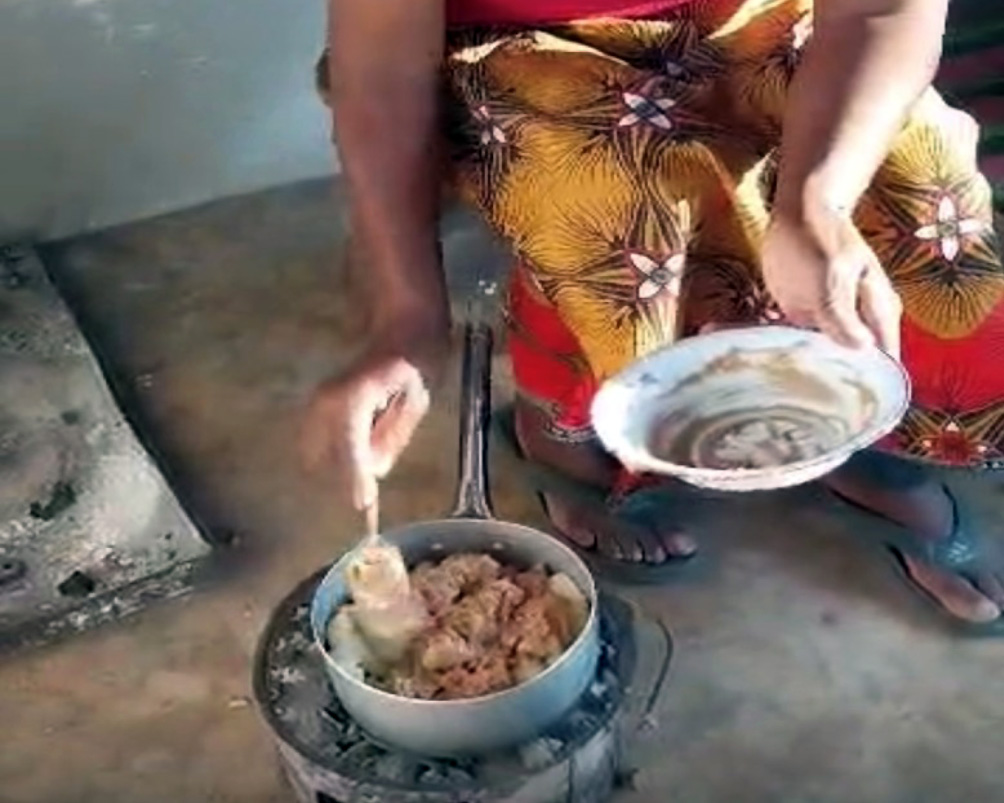
Sweet Potatoes with Groundnuts
Mama Janet is preparing sweet potatoes with groundnuts. She begins by pounding the groundnuts to form a smooth paste, which she then adds to the sweet potatoes cooking on the fire.
Ready for Consumption –Sweet Potato
Ready to be served to the family.
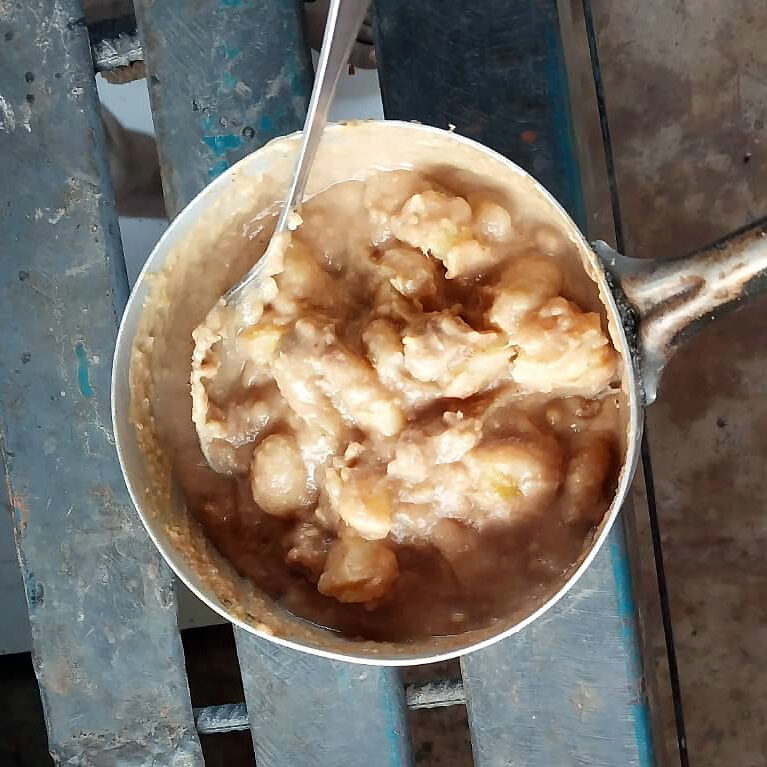

Delicious & Flavourful Meal
The sweet potatoes with groundnut are carefully served; ready to be enjoyed as a delicious and flavourful meal.
Thank You!
Special gratitude to the NAFI farmers: Mama Janet and Mama Noreen
For sharing their journey with us and thank you to NAFI lead –Mama Grace Tepula and Ofure for the guidance and valuable advice.
For sharing their journey with us and thank you to NAFI lead –Mama Grace Tepula and Ofure for the guidance and valuable advice.
